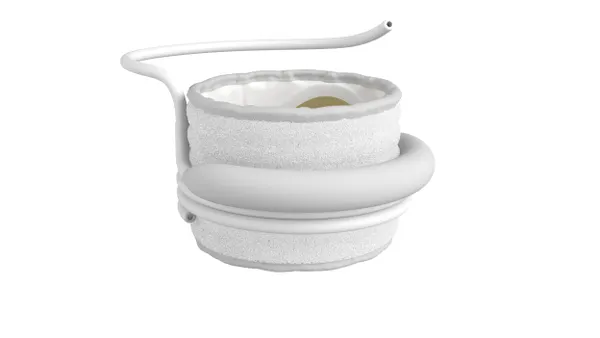Dive Brief:
-
An analysis of 27,091 transcatheter aortic valve replacement procedures performed at 325 U.S. hospitals has revealed significant variation in 30-day readmission rates.
-
Length of stay and discharge disposition only explained 15% of the inter-hospital variation in the 30‐day all‐cause risk‐standardized readmission rate (RSRR). The study found no significant association between RSRR and hospital characteristics such as bed size, control/ownership, location or TAVR volume.
-
The findings led the authors of the Journal of the American Heart Association paper to call for efforts to identify hospital practices associated with low rates or readmission.
Dive Insight:
TAVR outcomes have improved over the history of the procedure, as shown by the reduction in the rate of permanent pacemakers, but a significant minority of patients are still readmitted within 30 days. A paper published last year found the 30-day readmission rate fell from 17% to 12% between 2012 and 2016 but those overall figures mask hospital-to-hospital variation.
Physicians at Massachusetts General Hospital sought to better understand the variation by analyzing the 2017 Nationwide Readmissions Database. The analysis looked at the readmission rates at sites that performed at least five TAVR procedures.
The 325 hospitals analyzed represent about 60% of all TAVR sites in the U.S. in 2017, according to the study.
Thirty-day RSRR at the hospitals ranged from 8.8% to 16.5%. Differences in patient characteristics explained some of the variation. However, the variation remained significant even after accounting for the differences between patients.
The physicians found the length of stay and discharge disposition explained 15% of the variation. Earlier studies found the length of stay and discharge disposition are potential contributors to readmission. The limited effect of the variables on RSRR in the new analysis left the researchers looking for other ways to explain the differences.
No significant association between hospital characteristics and 30-day RSRR was found. The possible link between TAVR volumes and outcomes was debated extensively in the run-up to the revision of the CMS national coverage policy. The readmission data analyzed in the paper were gathered before the agency eased its rules.
The researchers did find differences in the reasons patients were readmitted to hospitals with the lowest and highest RSRR.
At hospitals with the highest RSRR, non-cardiac readmissions were more common, whereas readmissions at the top-performing hospitals were more likely to be caused by cardiac problems, notably conduction disorders and dysrhythmias. In particular, compared with the top 5% hospitals, the middle 90% and bottom 5% hospitals had a lower proportion of cardiac readmissions.
"This may reflect a trend toward early discharge after TAVR, and is consistent with findings from a recent study that showed an increase in the proportion of permanent pacemaker implantations during a subsequent hospitalization after the index TAVR," the authors wrote.
The inability to fully explain inter-hospital variation in RSRR led the researchers to call for further studies to "determine the unique organizational practices that differentiate transcatheter aortic valve replacement hospitals with readmission rates below and above the national average." Knowledge of such practices could help drive down TAVR readmission rates.









